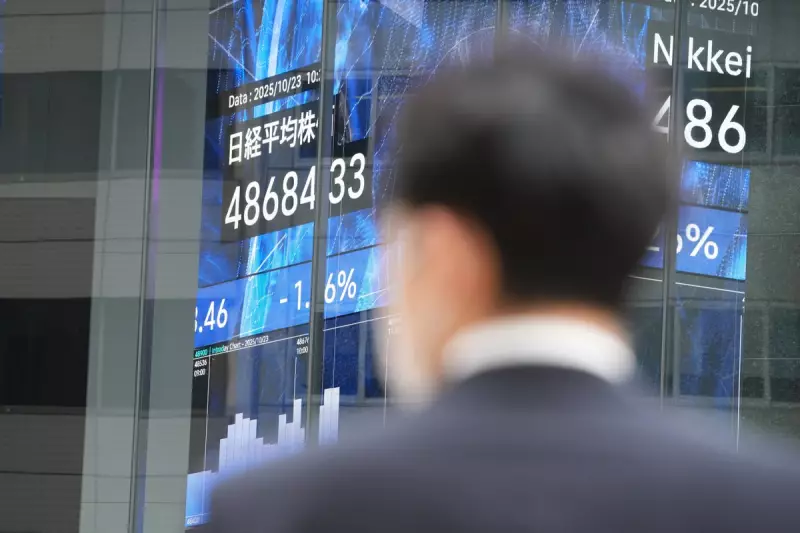
Chinese President Xi Jinping embarked on a significant diplomatic mission to the White House, engaging in high-level discussions with then-US President Donald Trump during a period of heightened trade tensions between the two global powers.
A Meeting of World Leaders
The summit represented a critical moment in international diplomacy, bringing together the leaders of the world's two largest economies at a time when trade disputes threatened to destabilise global markets. Both leaders recognised the importance of maintaining constructive dialogue despite their differences.
Navigating Complex Trade Waters
At the heart of their discussions were ongoing trade disagreements that had seen both nations impose tariffs on each other's goods. The meeting provided an opportunity to address these economic concerns directly, with both sides expressing their positions on fair trade practices and market access.
Diplomatic Protocol and Bilateral Relations
The White House meeting followed traditional diplomatic protocols, with both leaders emphasising the importance of the US-China relationship. President Trump acknowledged China's growing influence in global affairs, while President Xi stressed the mutual benefits of cooperation between the two nations.
Broader Implications for Asian Relations
Beyond bilateral concerns, the summit had significant implications for broader Asian diplomacy. Other nations in the region watched closely as the two powers navigated their complex relationship, aware that the outcomes could influence regional stability and economic partnerships.
The meeting concluded with both leaders expressing commitment to continued dialogue, though specific policy changes remained uncertain. The summit nonetheless represented an important step in maintaining communication channels between Washington and Beijing during a period of significant geopolitical challenges.





